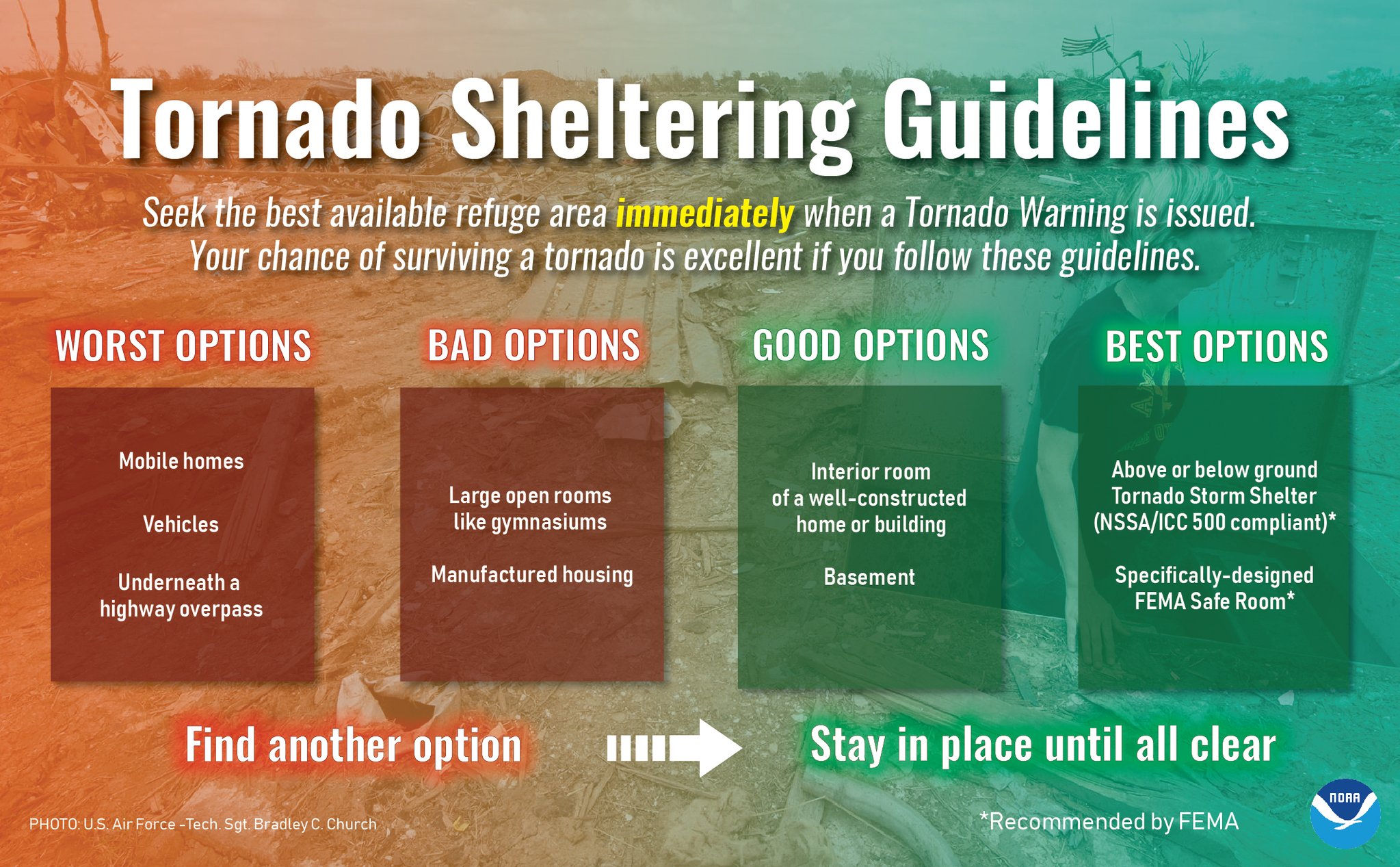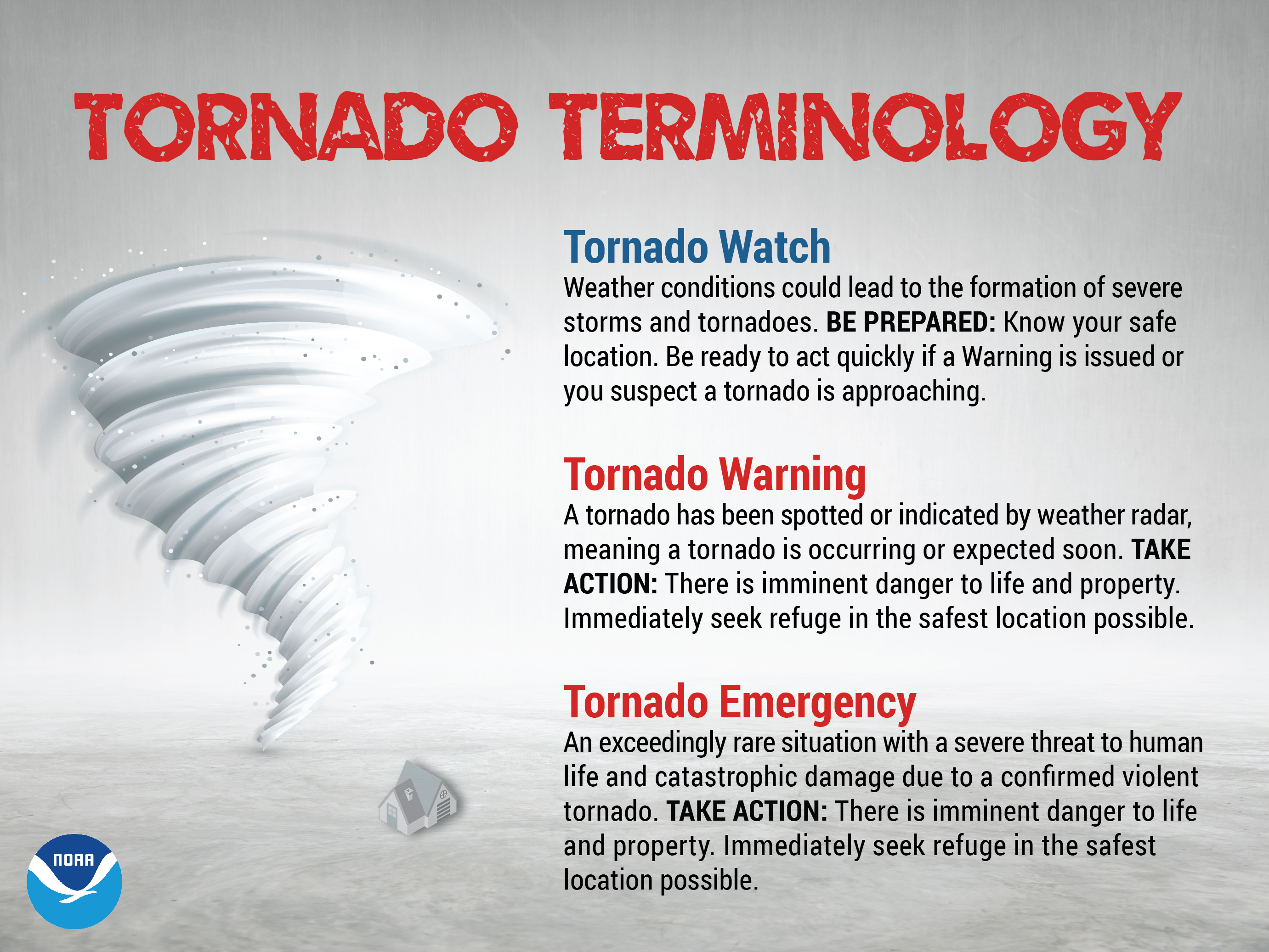Is your home and family prepared for severe weather? Storm Warning: Prepare For Severe Weather Ahead is an essential guide for anyone who wants to be prepared for the worst.
Editor's Note: Storm Warning: Prepare For Severe Weather Ahead has published today date. Given the recent increase in severe weather events, knowing what to do in case of a storm or other emergency is critical.
We've analyzed the latest research data and consulted with experts to put together this Storm Warning: Prepare For Severe Weather Ahead guide to help make the right decision.
| Storm Warning: Prepare For Severe Weather Ahead | |
|---|---|
| Importance | Provides essential information and guidance on how to prepare for and respond to severe weather events. |
| Benefits | Empowers individuals and families to take proactive steps to protect themselves and their property. |
| Target Audience | Homeowners, renters, and anyone concerned about severe weather preparedness. |
Main Article Topics
- Identifying and understanding different types of severe weather
- Creating a comprehensive emergency plan
- Preparing an emergency kit
- Securing your home and property
- Staying informed and connected during a storm

Severe Weather Awareness - Tornado Safety - Source www.weather.gov
FAQ
The approaching severe weather has understandably sparked concerns and questions. Below, you will find a compilation of frequently asked questions and their corresponding answers to help you better navigate this situation.

Severe Weather Preparedness - Source www.weather.gov
Question 1: What are the most common types of severe weather we can expect?
Tornadoes, hail, damaging winds, and heavy rainfall pose the highest risks during severe weather events.
Question 2: What are the warning signs of a tornado?
Keep an eye out for wall clouds, funnel clouds, swirling debris, and a loud, roaring sound. If you observe any of these indicators, seek shelter immediately.
Question 3: What should I do if I see hail?
If hail begins to fall, move indoors or seek shelter in a sturdy building. Stay away from windows and glass doors.
Question 4: What impact can heavy rainfall have?
Torrential downpours can lead to flash flooding, which poses significant risks. Be cautious when driving and avoid crossing flooded areas.
Question 5: How do I receive timely weather updates?
Monitor local news broadcasts, weather radio stations, and the National Weather Service website or mobile app for the latest weather information and warnings.
Question 6: What are the essential items to have in an emergency kit?
Your emergency kit should include non-perishable food, water, a first-aid kit, flashlights, batteries, a whistle, and essential medications.
By staying informed and taking appropriate precautions, you can significantly enhance your safety during this severe weather event.
Remember to monitor weather forecasts and adhere to safety guidelines. Stay vigilant and take care.
Tips
Severe weather can strike quickly, making it crucial to be prepared. Storm Warning: Prepare For Severe Weather Ahead provides valuable tips to help you stay safe and protected before, during, and after a storm.
Tip 1: Create an Emergency Plan
Establish a plan for your household that includes designated meeting places, evacuation routes, and emergency contacts. Keep a list of important phone numbers and documents in a waterproof container.
Tip 2: Build an Emergency Kit
Assemble a well-stocked emergency kit with essential supplies such as water, non-perishable food, first aid items, flashlights, batteries, a battery-powered radio, and medical supplies.
Tip 3: Secure Your Home
Inspect your home for loose objects or potential hazards that could be blown away or damaged during a storm. Secure outdoor furniture, close and lock windows, and clear gutters and downspouts.
Tip 4: Stay Informed
Monitor weather forecasts and stay informed about potential storms. Use NOAA Weather Radio or apps that provide real-time updates and alerts.
Tip 5: Prepare Your Vehicle
Maintain a full tank of gas and have a basic emergency kit in your car. Consider purchasing a portable charger for your electronic devices.
Tip 6: Evacuate If Necessary
Obey evacuation orders promptly. If advised to leave, do so immediately and take your emergency kit with you.
Summary: By following these tips, you can significantly enhance your preparedness for severe weather events. Stay informed, create a plan, assemble an emergency kit, and take necessary precautions to minimize the risks and ensure the safety of you and your family.
Storm Warning: Prepare For Severe Weather Ahead
In the face of looming severe weather, it becomes imperative to prepare diligently. This comprehensive guide outlines six key aspects crucial for weathering the storm:

Stormy Weather Ahead Sign Shows Storm Warning or Danger | Stock image - Source www.colourbox.com
- Monitor forecasts: Stay informed about weather updates through reliable sources.
- Heed warnings: Act promptly when official warnings are issued, seeking shelter immediately.
- Secure property: Protect your home and belongings by securing loose items and reinforcing structures.
- Prepare emergency kit: Assemble essential supplies such as food, water, medication, and communication devices.
- Identify evacuation routes: Plan ahead and determine the safest exit paths from your location.
- Stay calm and alert: Maintain composure during the storm, monitoring conditions and following safety instructions.
These aspects encompass the vital elements of severe weather preparedness. Staying vigilant, understanding the warnings, taking proactive steps to secure your surroundings, and being prepared with essential supplies are all crucial. Additionally, knowing evacuation routes and remaining calm during the storm are essential for ensuring safety. By embracing these measures, you can navigate the challenges of severe weather with increased confidence and preparedness.

5 Ways to Prepare for Severe Weather - wikiHow - Source www.wikihow.com
Storm Warning: Prepare For Severe Weather Ahead
Severe weather conditions, such as thunderstorms, tornadoes, hurricanes, and blizzards, pose significant threats to life and property. As such, understanding the causes and effects of severe weather and taking appropriate precautions are crucial for ensuring safety. A "Storm Warning" serves as an alert issued by meteorological authorities to inform the public about the potential occurrence of severe weather in a specific area. This warning is based on weather forecasts and observations, and it helps individuals and communities to prepare adequately for the impending weather conditions.

Severe Storm Area Warning Sign. Vector Illustration Decorative Design - Source www.dreamstime.com
The importance of preparing for severe weather cannot be overstated. Severe weather can cause widespread damage to infrastructure, homes, and businesses. It can also lead to injuries, power outages, and disruptions to daily life. By being aware of the potential for severe weather and taking the necessary precautions, individuals can minimize the risks and protect themselves and their property. Practical steps that can be taken include staying informed about weather forecasts, having an emergency plan in place, and assembling an emergency kit with essential supplies.
Understanding the connection between "Storm Warning: Prepare For Severe Weather Ahead" involves recognizing the cause-and-effect relationship between severe weather and its impacts. Severe weather events are often caused by atmospheric disturbances that can be predicted and tracked using meteorological tools and technologies. Early detection and warning systems enable timely alerts to be issued, providing valuable lead time for individuals to take protective measures. Preparedness, therefore, plays a critical role in reducing the severity of the consequences and enhancing community resilience.
| Severe Weather Type | Causes | Effects | Precautionary Measures |
|---|---|---|---|
| Thunderstorms | Electrical discharges due to atmospheric instability | Lightning strikes, hail, strong winds, heavy rain | Seek shelter indoors, avoid open areas and water, unplug electronic devices |
| Tornadoes | Violent rotating columns of air | Extreme winds, flying debris, structural damage | Take cover in a designated safe room or basement, stay away from windows |
| Hurricanes | Tropical cyclones with high winds and heavy rainfall | Flooding, storm surge, power outages | Evacuate to higher ground if necessary, secure loose objects, stock up on supplies |
| Blizzards | Severe snowstorms with high winds and low visibility | Extreme cold, transportation disruptions, power outages | Stay indoors, avoid travel, conserve energy, prepare emergency heating sources |